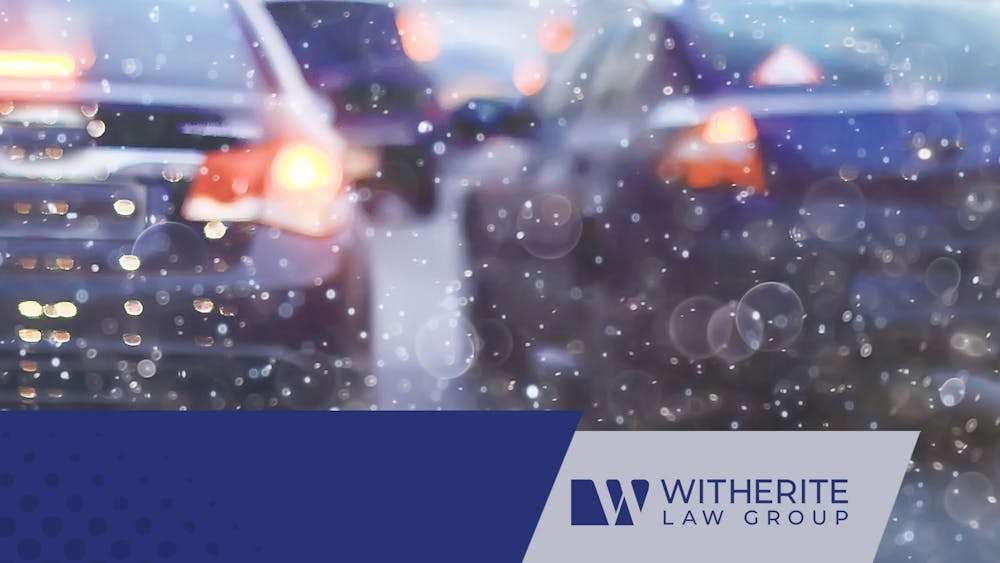How to Drive Smart & Alert – Rain or Shine
Driving on increasingly overcrowded highways – at high speeds – among often distracted and over-anxious drivers is hard enough. Add to that a rain-soaked roadway, foggy windshield, or icy intersection and you’ve got a formidable challenge for even the most responsible motorist.
Hazardous weather conditions account for more than 20 percent of all accidents annually with 5,000 people killed and another 420,000 injured.
As we wrote in a blog on distracted driving, operating a vehicle in challenging weather conditions – which Texas motorists face on an almost weekly basis– can be extremely costly and dangerous but can also be managed by a prepared and aware driver. Safer and more strategic thinking will save you dollars, consequences, and injury.
The best driving begins with the brain. Here’s how you can overcome the rain, beat the ice, fool the fog, and keep safe on the streets:
KNOW the weather and roadway conditions.
Before you start up your engine on a rainy or snowy day, you should be aware of the severity of the weather, have a good idea of the route you’re taking, and know your propensities for driving in less-than-ideal weather. The more prepared you are, the fewer surprises you'll encounter along the way.
GO over your car regularly for maintenance.
It’s alarming how few drivers treat their automotive – a highly complex machine – with the care it deserves. That means regularly monitoring vital fluids and systems, servicing your tires, and making sure all knocks and irregularities are addressed. Your car will perform as well as you allow it to perform.
FOREGO driving distractions.
Occasionally, we all do things that add complications to an otherwise smooth ride: sneaking something to eat, allowing too many passengers, or cranking the radio up too loud. Reducing distractions on a bad weather day will give you a better chance at a safe ride if something sudden occurs. More distractions often equal more accidents.
SLOW your speed.
One of the smartest things you can do on a rainy, foggy, or icy day is to slow down. Higher speeds lessen your response time, which lessens your chances of reacting without incident. Reducing your speed gives you increased awareness and more options in safely handling the situation.
Keep with the FLOW of traffic.
No one drives in a vacuum. You have to not only be aware of what you’re doing but also what everyone else around you is doing as well. “Reading the road” well – knowing the conditions and being aware of other drivers – will help you predict well and react widely if complications arise. Driving neither too fast nor too slowly is the way to go.
GROW and keep sharpening your driving skills.
Becoming a responsible and effective driver is a lifelong commitment that requires ongoing education and regularly executing driving best practices particularly in poor driving conditions. Keeping your mind sharp, your skills honed, and your judgment clear will help you become the best driver you can be.
Amy Witherite, lead lawyer and founder of Witherite Law Group, explains, “There are as many weather-related accidents as anything we encounter in our office. Being alert and prepared when driving in rain and snow can save the average driver a world of costs and consequences. And it’s something everyone can learn.”
The truck accident attorneys of Witherite Law Group help those who have been injured in a car or truck accident. Get legal help today by calling 1-800-CarWreck® or 1-800-TruckWreck or visiting www.WitheriteLaw.com. We’re available 24/7.

